-
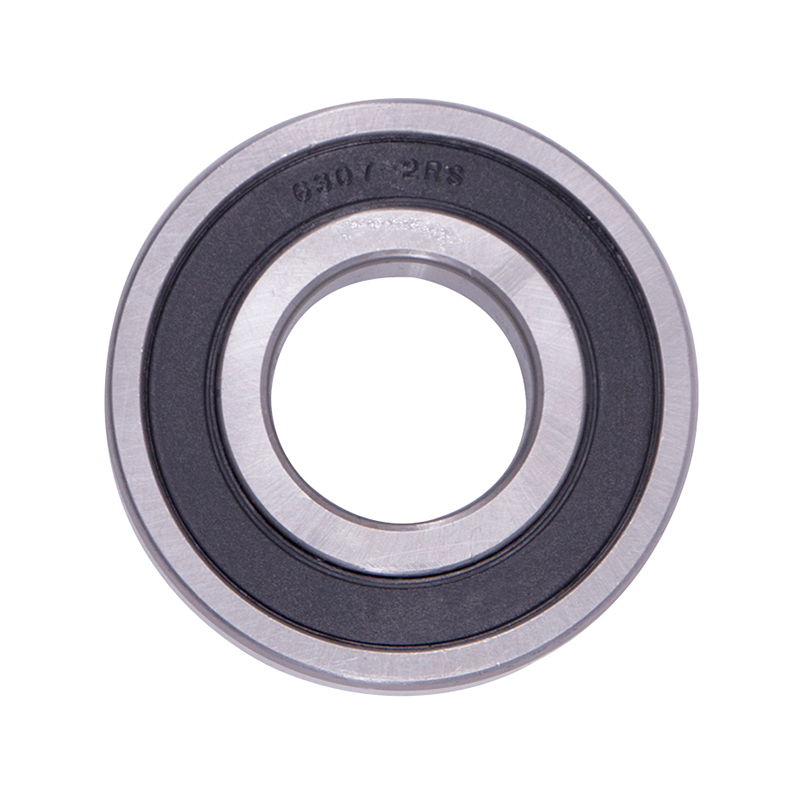 Wheel Hub Bearings
Wheel Hub Bearings -
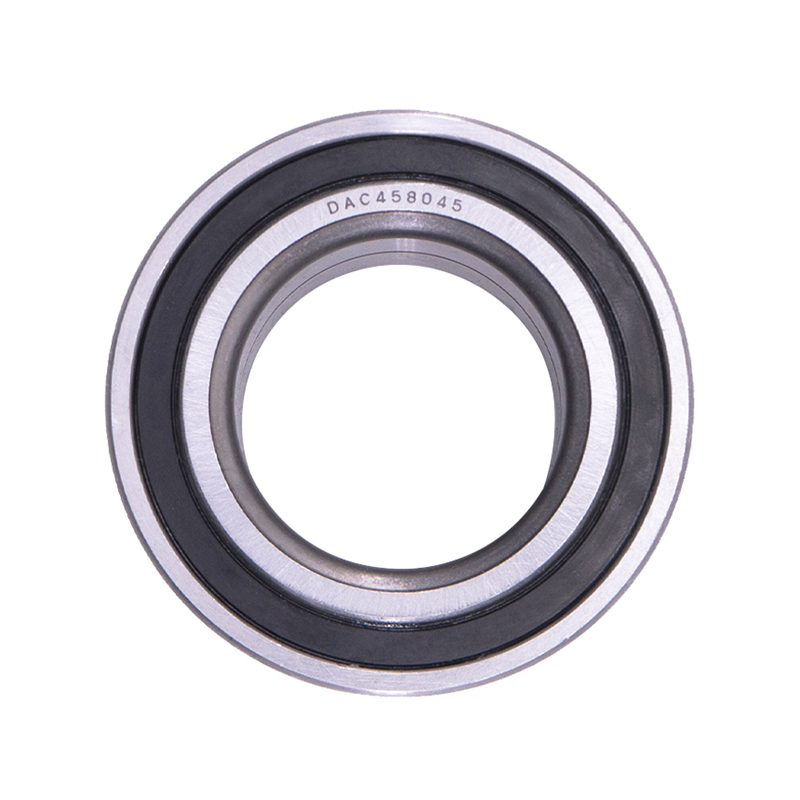 Wheel Hub Bearings
Wheel Hub BearingsDAC387436 DAC458045 Hub Deep Groove Ball Car Wheel Bearing
-
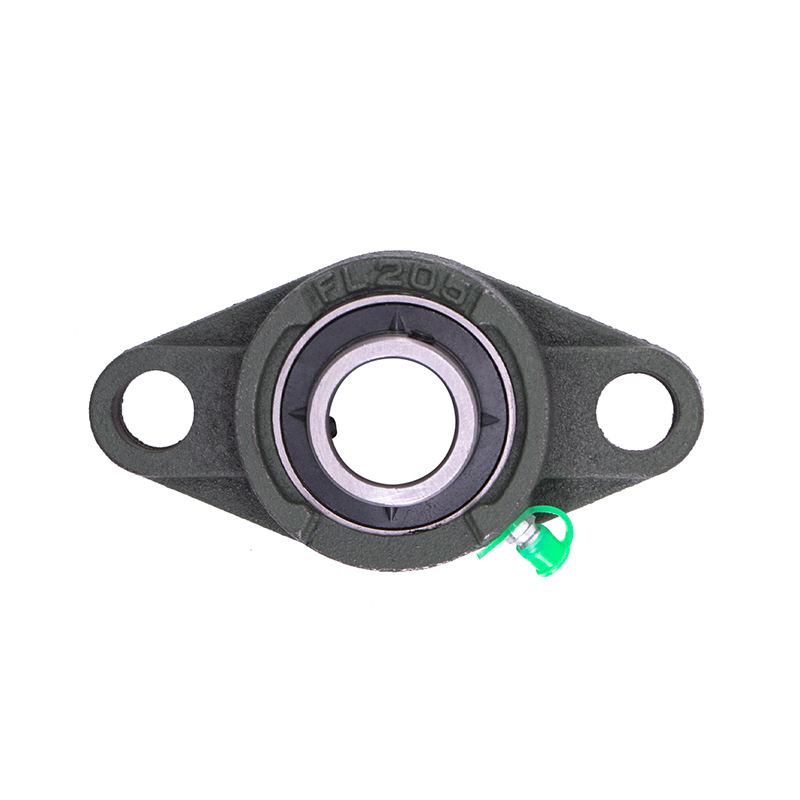 Spherical Bearings
Spherical BearingsFL204 FL205 FL206 Stainless Steel Pillow Block Bearing
-
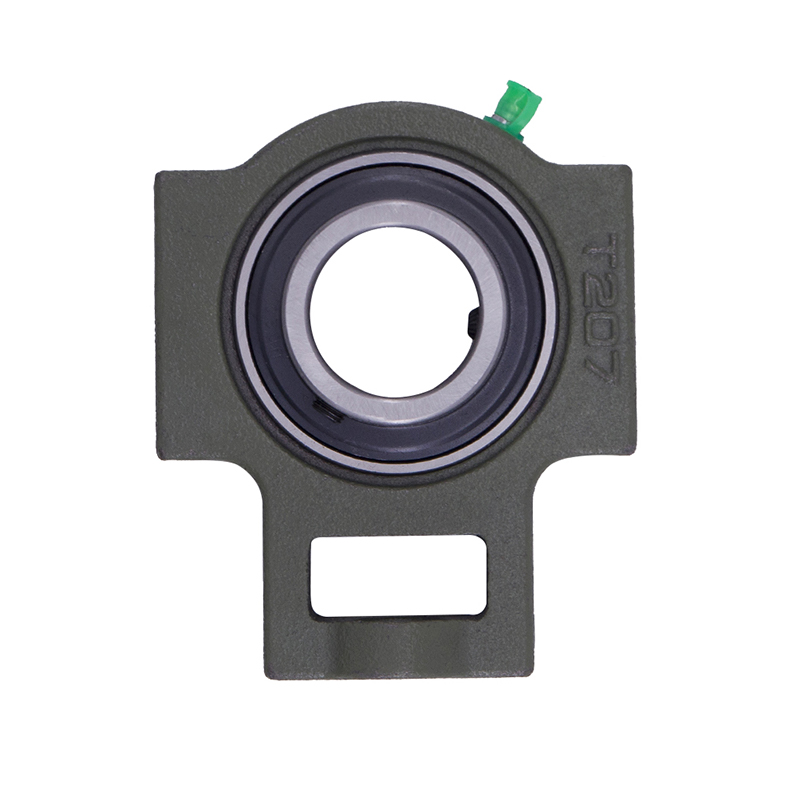 Spherical Bearings
Spherical BearingsT204 T207 UC204 High Speed Insert Pillow Block Bearing
-
 Spherical Bearings
Spherical BearingsFC204 F210 Auto Wheels Bike Pillow Block Bearing
-
 Spherical Bearings
Spherical BearingsP207 206 205 203 High Precision Wheel Pillow Block Bearing
-
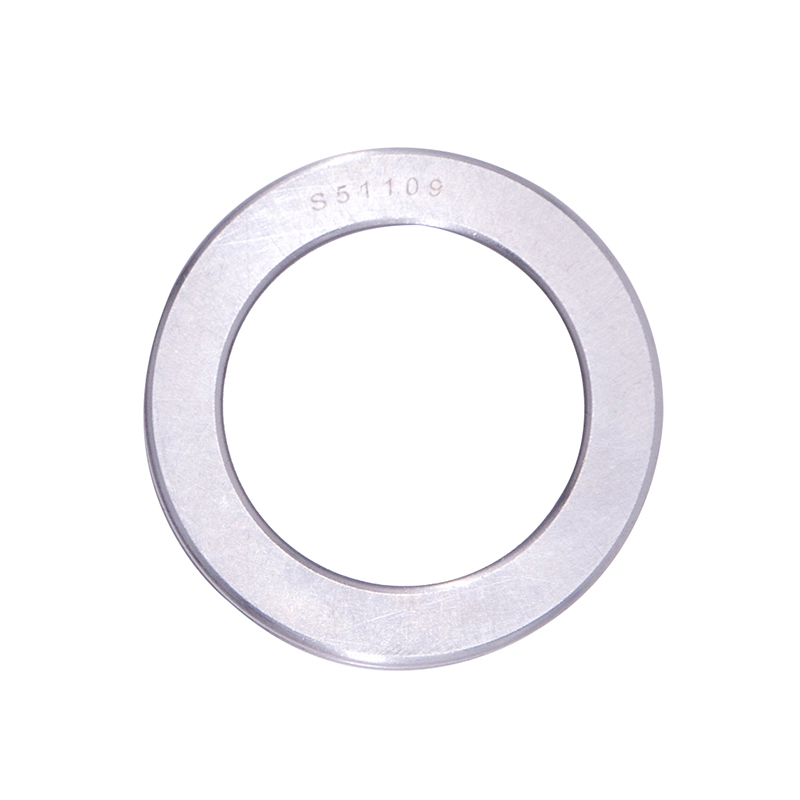 Thrust Roller Bearings
Thrust Roller BearingsS51100 S51107 S51109 Car Wheel Plain Thrust Ball Bearing
-
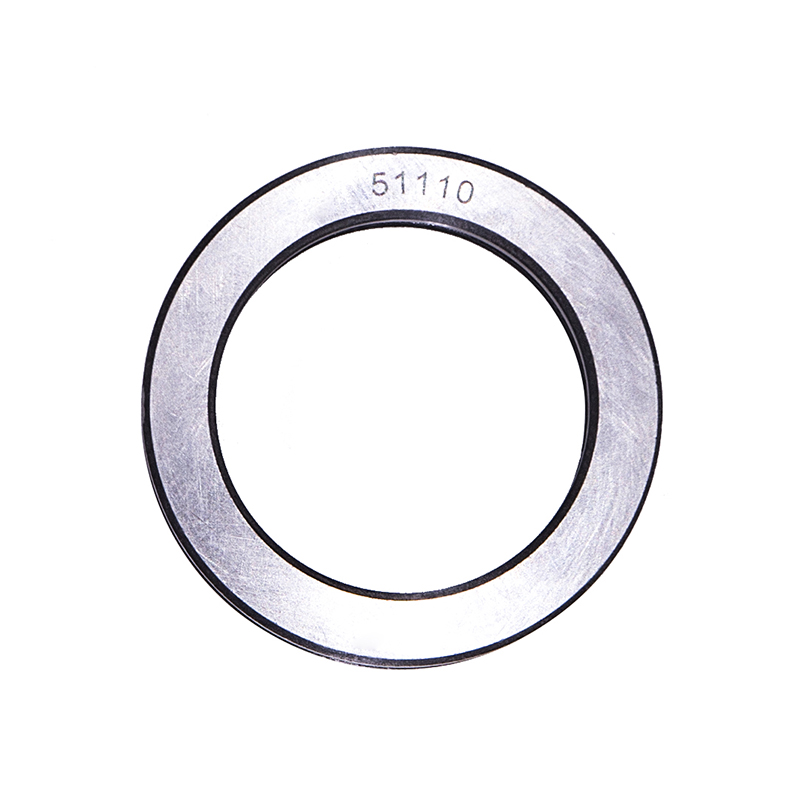 Thrust Roller Bearings
Thrust Roller Bearings51110 51107 51104 51206 High Speed Plain Thrust Ball Bearing
Introduction to Needle Bearings: Structure, Function, and Applications
Industry news-Structure and Design
A needle bearing factory consists of several long, thin rollers—called needles—arranged parallel to the bearing axis. These rollers are typically supported by a cage, also known as a retainer, which maintains uniform spacing and guides the movement of the needles. Depending on the application, needle bearings can be manufactured with or without cages.

The cage-type needle bearing provides high-speed capability and reduces friction by preventing direct contact between adjacent needles. On the other hand, full-complement needle bearings, which do not use cages, have more rolling elements in the same size, increasing their load-carrying capacity but limiting their speed range.
The outer and inner races—also called rings—serve as the contact surfaces for the rolling elements. In some designs, the shaft itself can serve as the inner race, or the housing can serve as the outer race, simplifying construction and saving space.
Operating Principle
Needle bearings operate on the same basic principle as other rolling-element bearings: the rolling elements reduce friction between moving surfaces by replacing sliding contact with rolling contact. Because the needles are long and thin, they offer a larger contact area with the races compared to standard ball bearings, distributing the load more evenly and allowing them to handle higher radial loads.
This efficiency in load distribution helps needle bearings perform well under conditions where other bearing types might wear out more quickly. However, they are generally less suited for high axial loads unless specifically designed as needle thrust bearings.
Types of Needle Bearings
Drawn-Cup Needle Roller Bearings – These use a thin-walled outer cup and are lightweight, making them suitable for applications with limited housing space.
Needle Roller and Cage Assemblies – These consist only of the needles and cage, with no outer or inner rings, allowing for load capacity in limited radial space.
Full-Complement Needle Bearings – These omit the cage, the number of needles for greater load capacity but with reduced speed capability.
Needle Thrust Bearings – Designed to handle axial loads using needle rollers arranged perpendicular to the shaft.
Combined Bearings – Incorporate both radial and thrust elements for applications requiring support in both directions.
Advantages
High Load Capacity for Size – The elongated rollers provide a larger contact area, enabling high load-bearing performance in a small package.
Space Efficiency – Ideal for compact machinery where radial space is limited.
Versatility – Available in many configurations to suit different design requirements.
Reduced Weight – Especially in drawn-cup designs, which minimize material usage without sacrificing performance.
Limitations
Despite their strengths, needle bearings have certain limitations:
Lower Speed Limits – Especially in full-complement designs due to increased friction.
Sensitivity to Shaft and Housing Accuracy – Misalignment can uneven load distribution and premature wear.
Axial Load Capacity – Standard needle bearings handle primarily radial loads; additional components are needed for axial support.
Applications
Needle bearings are widely used in automotive transmissions, gearboxes, pumps, power tools, and industrial machinery. In automotive applications, they are found in universal joints, rocker arm pivots, and planetary gear systems, where their high load capacity and compact size are critical. In industrial equipment, they are often employed in printing presses, textile machinery, and construction equipment for similar reasons.
Maintenance and Lubrication
To ensure long service life, needle bearings require proper lubrication—either grease or oil—based on the operating environment. Regular maintenance, including inspection for wear, debris, or lubrication failure, is essential. Inadequate lubrication can overheating and premature failure.
Sealed needle bearings offer the advantage of built-in protection against contaminants and reduced maintenance needs. However, in high-contamination environments, periodic cleaning and relubrication may still be necessary.

 English
English русский
русский Español
Español
